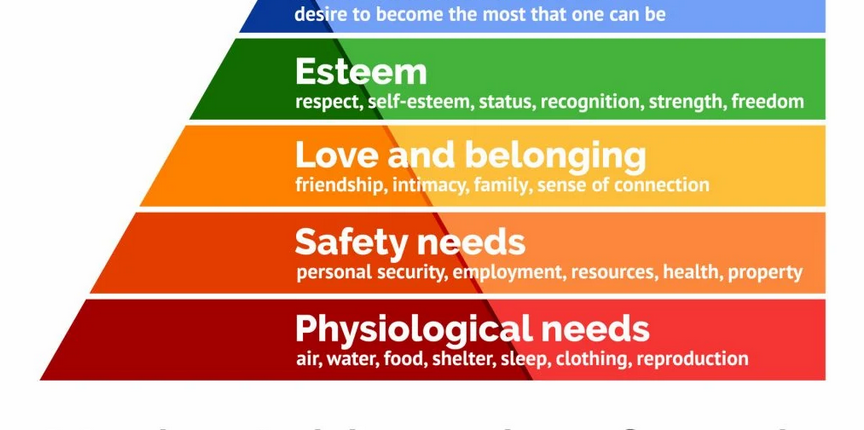Top Mistakes to Avoid in Social Media Marketing
Social media has become an integral part of businesses’ marketing strategies. With platforms constantly updating their algorithms and rolling out new features, there is always something new to learn. But with so many moving parts, there are also plenty of pitfalls to avoid.
Is your social media content hitting the mark regarding user engagement or reach? Below, we’ve outlined the top mistakes you should avoid in social media marketing and what you can do to course-correct. Here’s what you should know.
Sharing Low-Quality Content
When it comes to visual-centric platforms like Instagram, the quality of your imagery isn’t just a “nice to have”—it’s an absolute must. Instagram is a highly competitive landscape with over a billion active users and millions of photos and videos posted daily. Users have become accustomed to scrolling through a feed filled with visually stunning, professionally curated content. In this context, any visual that is less than exceptional will quickly go unnoticed, blending into the sea of content without making an impact.
High-quality visuals signal professionalism and credibility. When users see a sharp, well-composed image or a high-resolution video, they immediately associate that level of quality with your brand itself. Conversely, blurry or pixelated images can make your brand seem unprofessional, regardless of how good your products or services may be.
The Text Factor: A Lesson from Twitter
The second mistake is not using Twitter’s character count to its full potential. While visual platforms like Instagram and Pinterest often grab headlines for their influence in social media marketing, it’s crucial not to overlook the power of text-based platforms like Twitter. Twitter may limit you to 280 characters per tweet, but those characters can be a goldmine of engagement, branding, and direct interaction with your audience.
Twitter’s character limit forces you to get to the point quickly, which is often a blessing in disguise. In an age where attention spans are shrinking, a well-crafted, concise tweet can deliver a message more effectively than a wordy post. Carefully chosen words, short sentences, and compelling phrases can make your message digestible and shareable. And the more your content is shared, the broader your reach becomes.
Ignoring New Features
In social media, change is the only constant. Not embracing the new features can help your brand immensely. Platforms frequently roll out new features to keep the user experience fresh and engaging. The shifts can be subtle or monumental, but they are designed to enhance user interaction and keep people invested in the platform.
Understanding the ‘why’ behind these constant updates can help businesses effectively tailor their strategies. Social media platforms are relentlessly trying to capture user attention and engagement. New features are one way they can outpace competitors and maintain or grow their user base. Instagram, for instance, has recently updated its algorithm. This update will now factor in the time users spend watching your videos. If your videos are captivating enough to be viewed from start to finish, there’s a higher chance your posts will appear in those users’ feeds.
Lacking Cohesive Graphic Design
In an age where users have limitless options, inattention to design details can be costly. Design elements that clash can jarringly interrupt the user’s experience, causing them to skip over your post or unfollow your page. Poorly designed posts are less likely to be shared, limiting your organic reach. When you fail to engage the user immediately through design, capturing their attention with the content becomes an uphill battle.
When it comes to social media, cohesive and attractive graphic design serves a purpose that goes far beyond mere aesthetics. It is a powerful tool that significantly impacts brand recognition, message clarity, and user engagement.
Tailor Your Design to Your Brand
Your design choices for your social media profiles can heavily impact how your brand is perceived. A carefully selected color palette, font family, and image style can attract your target audience and subconsciously communicate your brand values.
Beyond color choices, typography and image styles are the backbone of your brand’s visual identity. Fonts should not only be aesthetic but also legible across devices. The imagery you choose should resonate with your target audience and maintain a quality that reflects well on your brand.
The Power of a Call-To-Action
In social media marketing, a Call-To-Action (CTA) serves as your brand’s persuasive nudge. It’s your way of steering the audience in the direction you desire, be it by sharing a post, subscribing to a newsletter, or clicking through to a product page. While the concept might seem simple, the execution requires careful consideration. The right phrasing, positioning, and context can significantly boost your CTA’s effectiveness.
The first rule in crafting a compelling CTA is clarity. Your audience should instantly understand what you’re asking them to do. Phrases like “Share this post if you agree” or “Click the link in our bio to learn more” are explicit, to the point, and require minimal cognitive effort to comprehend. The easier it is for the audience to understand the desired action, the more likely they are actually to complete it.
Elevate Your Social Media Game with Onimod Global
Creating consistent, high-quality, and engaging social media content can be a daunting faucet of running a successful business. That’s where Onimod Global comes in.
We assist with social media management, digital marketing, and high-end graphic design. Our digital marketers can help elevate your brand’s online presence, enabling you to focus on your core business actions and goals.
Contact Onimod Global today to take your social media marketing to the next level.


